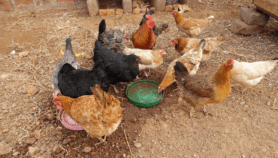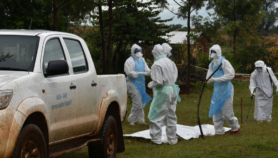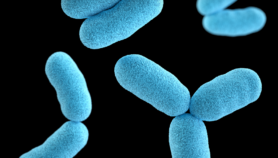By: Priya Shetty
Send to a friend
The details you provide on this page will not be used to send unsolicited email, and will not be sold to a 3rd party. See privacy policy.
Treating schistosomiasis — a disease caused by microscopic worms — can boost the immune systems of people with HIV/AIDS, say researchers.
They say the finding suggests that schistosomiasis — or bilharzia — suppresses our ability to fight infection. This might mean that HIV/AIDS progresses faster in patients who are also infected by the worms.
The Danish and Zimbabwean researchers published their findings online in the 1 December issue of The Journal of Infectious Diseases.
The researchers recruited two groups of schistosomiasis patients in Zimbabwe, some of whom also had HIV. One group was immediately treated for schistosomiasis, while the other had to wait three months for treatment.
In HIV-infected people, the number of CD4 cells — which help fight infection — is used as a measure of the infection’s severity. The higher the count, the better the individual is able to fight the disease.
When patients in the study who had both diseases were treated for schistosomiasis, their CD4 counts rose and the amount of HIV in their bodies dropped. In those whose treatment was delayed, the CD4 count did not improve and the amount of HIV in their systems continued to rise.
The team found that CD4 cells also increased in people who did not have HIV. They say this suggests that schistosomiasis suppresses the immune system in everyone it infects.
The precise extent to which schistosomiasis speeds the development of AIDS is still unknown, the researchers say. They call for more research in African populations at risk of both diseases to determine whether treatment for schistosomiasis should be incorporated into HIV/AIDS therapy.
Link to full paper in The Journal of Infectious Diseases
Reference: The Journal of Infectious Diseases 192, 1956 (2005)













